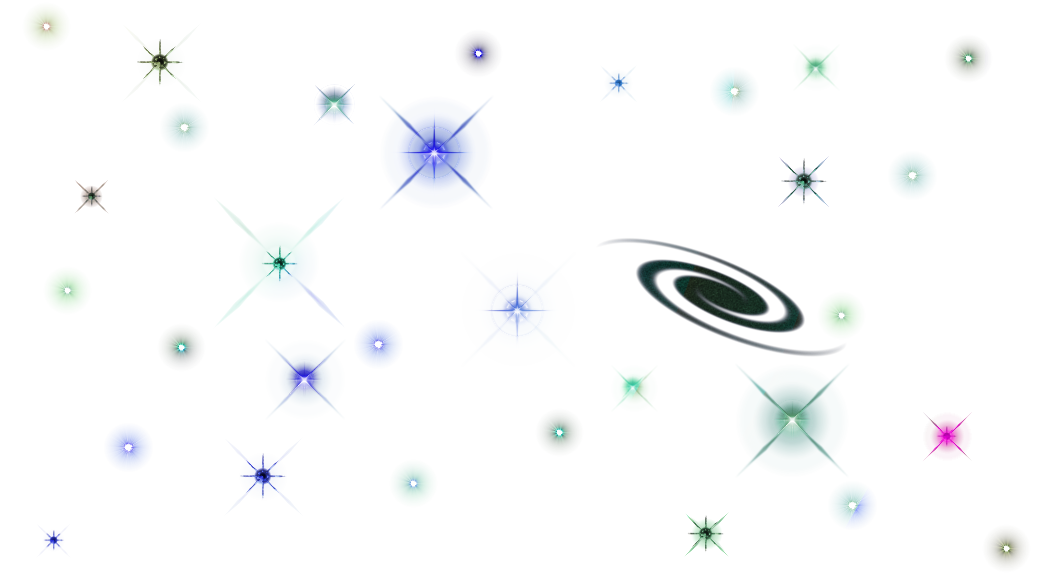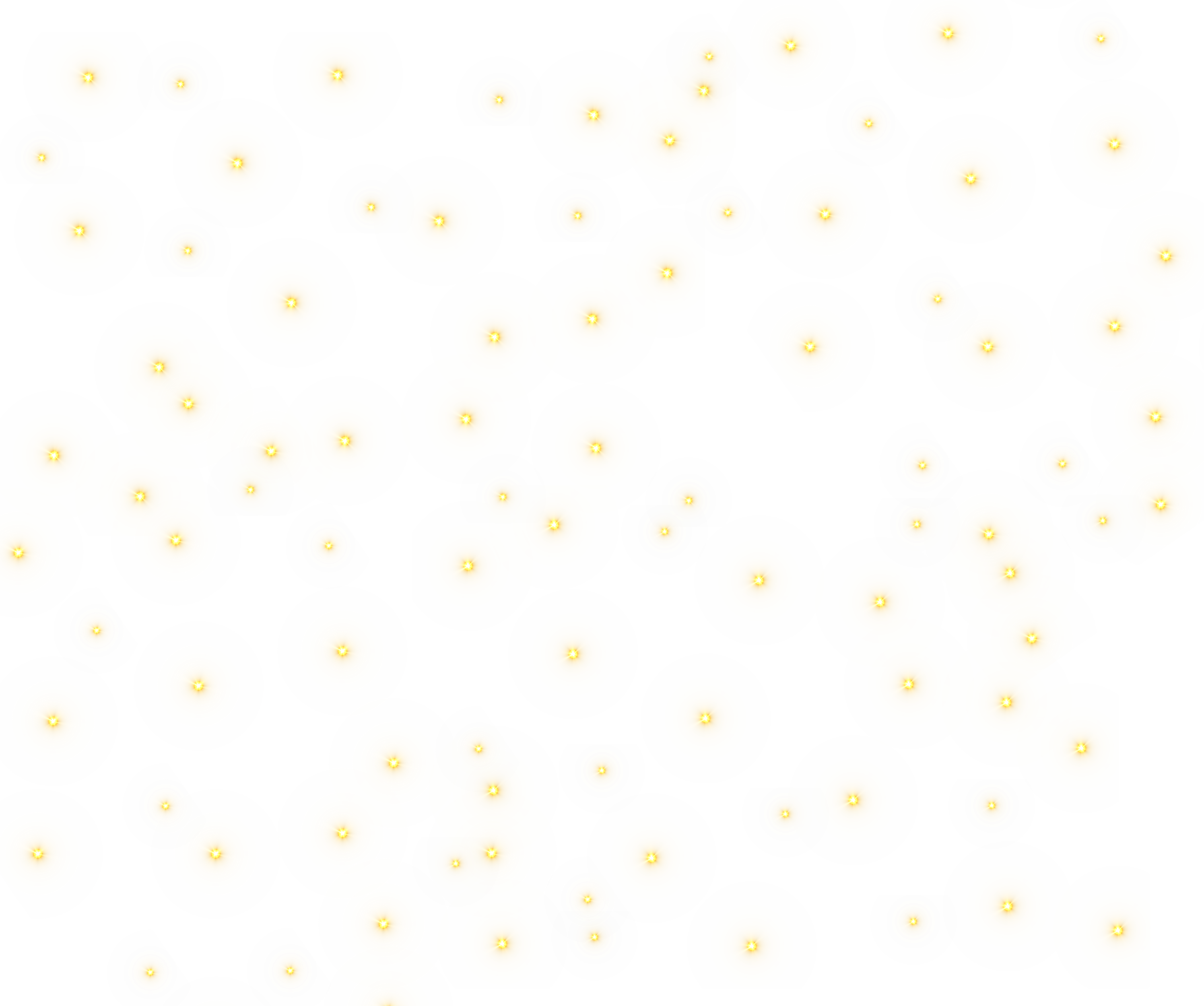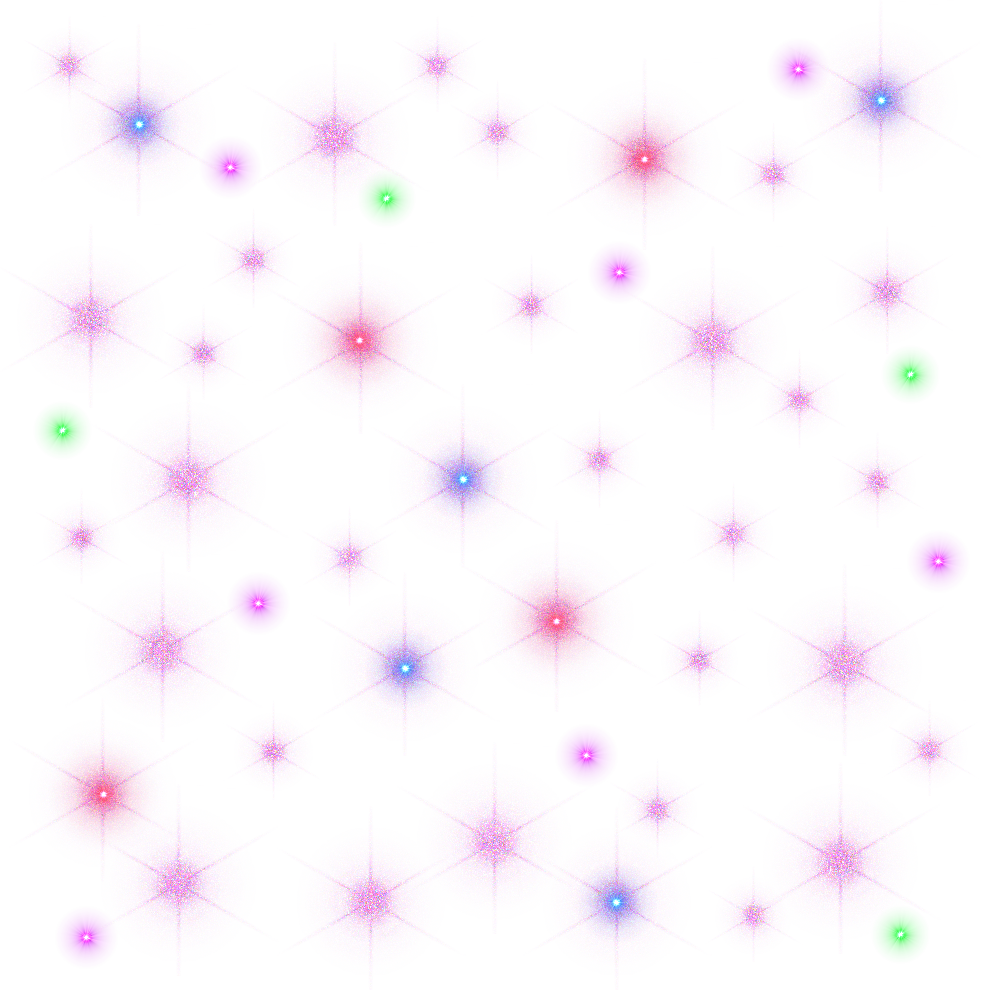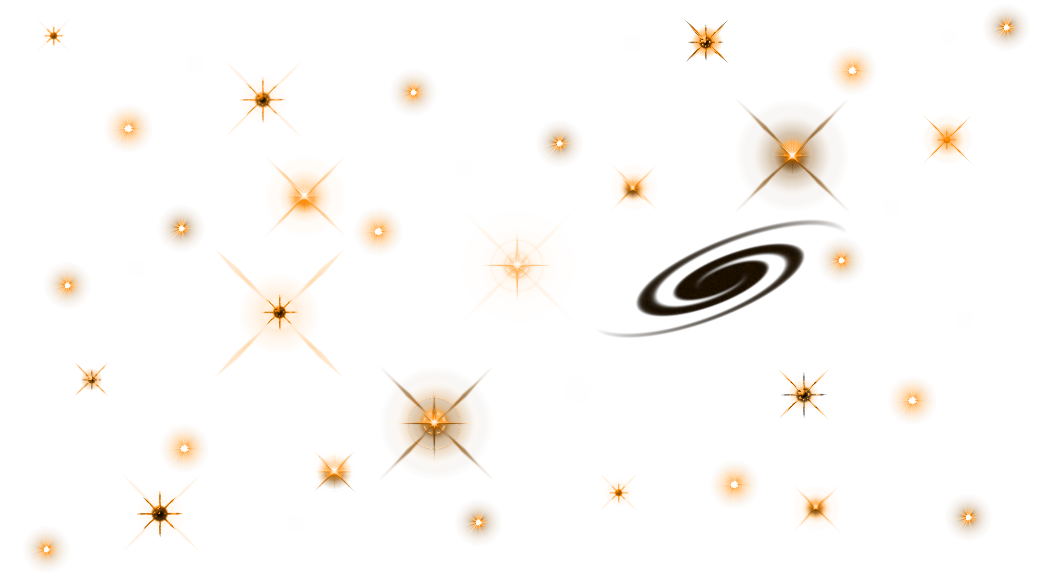Download top and best high-quality free Stars PNG Transparent Images backgrounds available in various sizes. To view the full PNG size resolution click on any of the below image thumbnail.
License Info: Creative Commons 4.0 BY-NC
Welcome to the fascinating world of stars! Have you ever looked up at the night sky and wondered about those twinkling points of light? Stars are celestial bodies that have captivated humanity for centuries, inspiring countless myths, scientific discoveries, and poetic musings. In this article, we’ll embark on a journey to explore the captivating nature of stars, their composition, lifecycle, and their significance in the universe.
What are Stars?
Stars are enormous, glowing spheres of hot gas held together by their own gravity. They are composed primarily of hydrogen and helium, the two lightest elements in the universe. The immense gravitational forces at their cores generate an enormous amount of heat and pressure, resulting in nuclear fusion reactions that release immense energy in the form of light and heat.
Types of Stars
Stars come in various sizes, colors, and brightness. The classification of stars is primarily based on their temperature, which determines their color and spectral characteristics. The most common types of stars are:
- Main Sequence Stars: These are the most abundant stars in the universe and include our own Sun. They fuse hydrogen into helium in their cores and undergo a stable phase of nuclear fusion.
- Red Giants and Supergiants: These stars are nearing the end of their lifecycle and have expanded and cooled. They are much larger and brighter than main sequence stars.
- White Dwarfs: These are the remnants of stars like our Sun after they have exhausted their nuclear fuel. They are incredibly dense and hot, but relatively small in size.
- Neutron Stars: Formed from the remnants of massive stars that have undergone supernova explosions, neutron stars are incredibly dense and have strong magnetic fields.
- Black Holes: When a massive star collapses under its own gravity, it forms a black hole, which has an incredibly strong gravitational pull that even light cannot escape.
The Lifecycle of Stars
Stars have a fascinating lifecycle that begins with the gravitational collapse of a giant molecular cloud. This collapse leads to the formation of a protostar, which gradually accumulates mass. Once the core temperature reaches millions of degrees, nuclear fusion ignites, and the protostar becomes a main sequence star.
The duration of a star’s life depends on its mass. Smaller stars, like our Sun, can live for billions of years, while more massive stars have shorter lifespans. As a star consumes its nuclear fuel, it undergoes various evolutionary stages, eventually exhausting its fuel and evolving into a white dwarf, neutron star, or even a black hole.
The Importance of Stars
Stars play a crucial role in shaping the universe we inhabit. They are responsible for creating and dispersing heavy elements, including carbon, oxygen, and iron, which are essential building blocks for planets, life, and even ourselves.
Stars also serve as celestial navigators, guiding explorers and astronomers alike. By observing the positions and movements of stars, we can determine our location on Earth, navigate across vast oceans, and even explore the depths of space.
Stars are awe-inspiring objects that have captivated humans throughout history. From their diverse types and lifecycles to their role in the formation of elements and navigation, stars continue to shape our understanding of the universe. So, the next time you gaze up at the night sky, take a moment to appreciate the beauty and wonder of the stars that adorn it.
Download Stars PNG images transparent gallery.
- Stars Free Download PNG
Resolution: 1047 × 576
Size: 265 KB
Image Format: .png
Download
- Stars Free PNG Image
Resolution: 678 × 226
Size: 120 KB
Image Format: .png
Download
- Stars PNG Clipart
Resolution: 2992 × 2500
Size: 3666 KB
Image Format: .png
Download
- Stars PNG File
Resolution: 1000 × 1000
Size: 1663 KB
Image Format: .png
Download
- Stars PNG Image
Resolution: 1550 × 1163
Size: 158 KB
Image Format: .png
Download
- Stars PNG Picture
Resolution: 1047 × 576
Size: 215 KB
Image Format: .png
Download
- Stars PNG
Resolution: 1943 × 1846
Size: 820 KB
Image Format: .png
Download
- Stars Transparent
Resolution: 512 × 512
Size: 91 KB
Image Format: .png
Download
- Stars
Resolution: 1314 × 870
Size: 101 KB
Image Format: .png
Download








